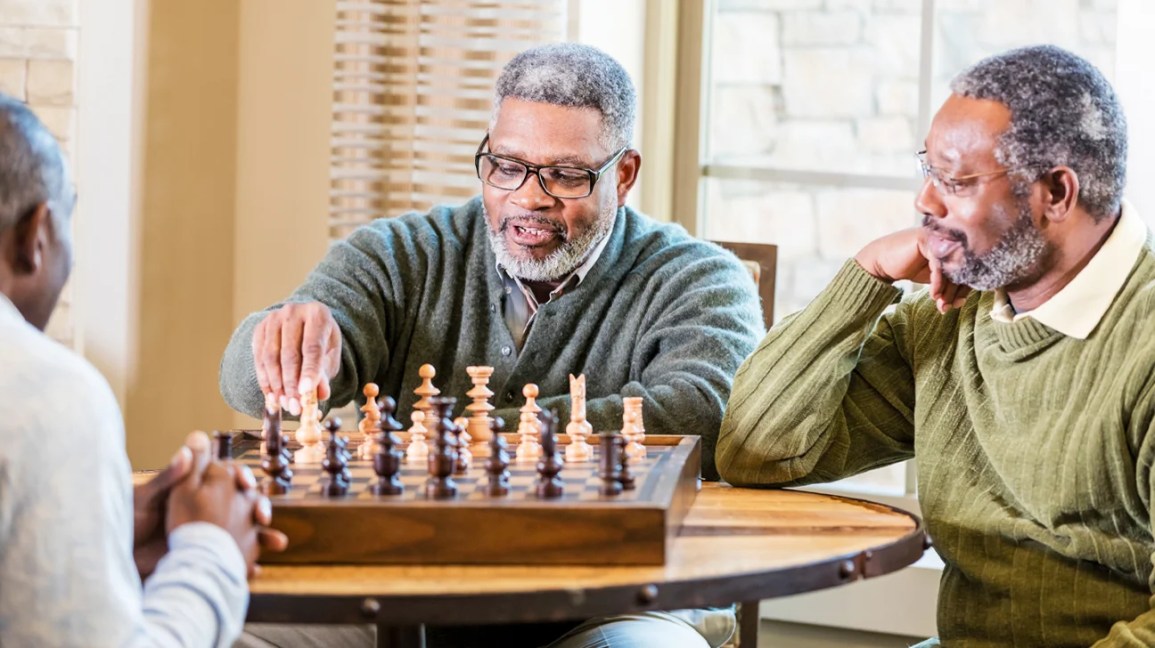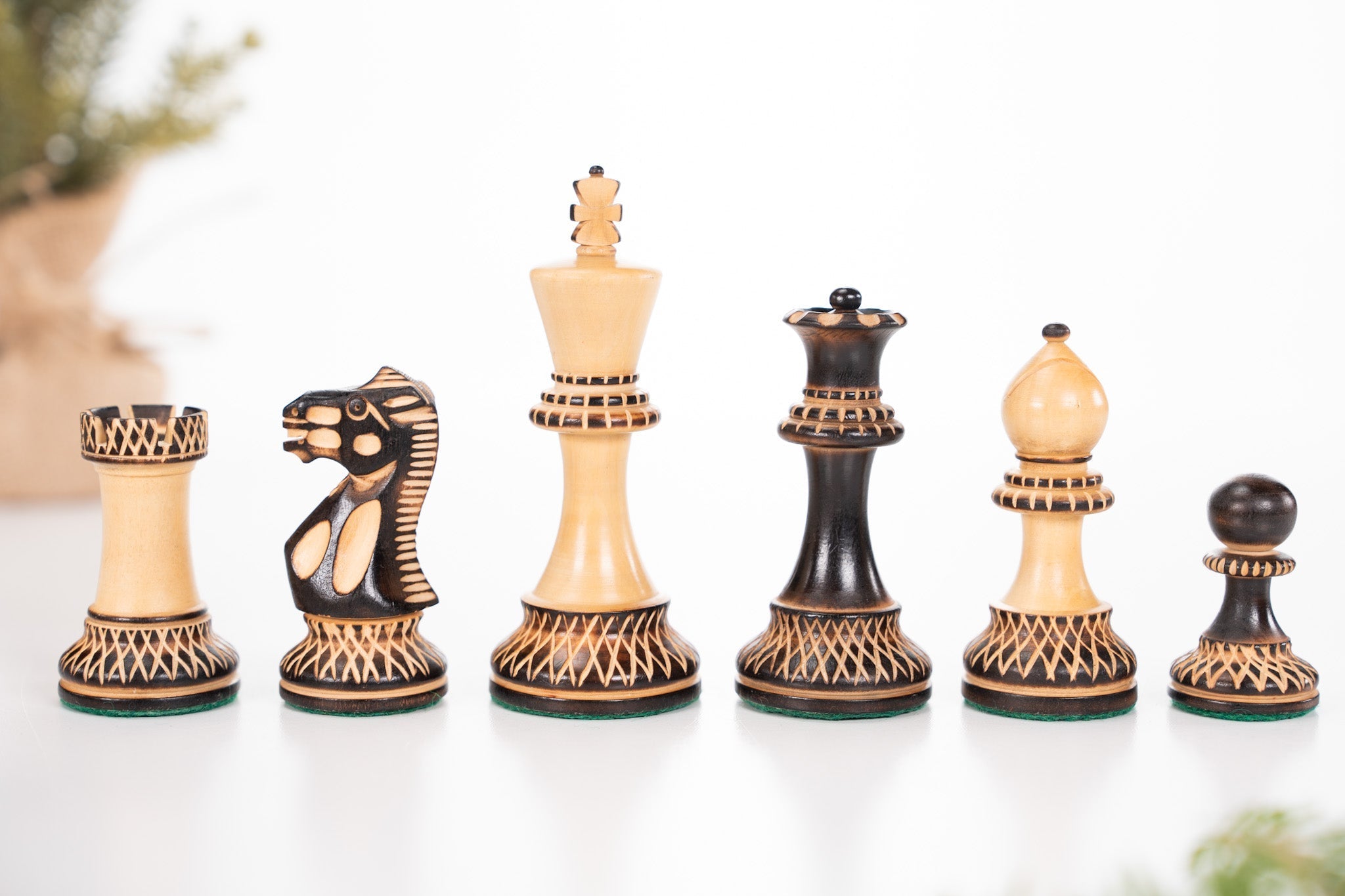Using a chess clock properly ensures fair play and keeps games on track. It adds a layer of excitement and strategy to your matches.
Chess clocks are vital for serious players. They keep the game moving and prevent stalling. But, if you are new to using one, it can seem a bit tricky. Understanding the basics of a chess clock will help you enjoy your games more.
This guide will break down how to use a chess clock properly. From setting it up to managing your time, you’ll learn all you need to know. Let’s dive in and make your chess games more thrilling and efficient.
Introduction To Chess Clocks
Chess clocks are essential for serious players. They ensure fair play and manage time effectively. Understanding how to use a chess clock properly can improve your game and make matches more exciting.
Importance Of Time Management
Time management in chess is crucial. A chess clock helps players keep track of their thinking time. This prevents games from dragging on. Each player has a limited time to make all their moves.
Managing your time well can lead to better decisions. It also adds an element of strategy. You need to think not just about your moves but also about how much time you spend on each move.
Types Of Chess Clocks
There are several types of chess clocks. Each type has its unique features. Here are some common types:
- Analog Clocks – These are traditional clocks with a ticking sound. They have two faces and physical hands.
- Digital Clocks – These display time digitally. They often have additional features like countdowns and increments.
- App Clocks – These are apps on mobile devices. They are convenient and often free.
Choosing the right clock depends on your preference. Analog clocks are simple and reliable. Digital clocks offer more features. App clocks are portable and easy to use.
Setting Up Your Chess Clock
Setting up your chess clock correctly is crucial for a fair game. Whether you are a beginner or an experienced player, knowing how to set your clock ensures an even playing field. Let’s explore the key aspects of setting up your chess clock.
Initial Time Settings
The first step is to set the initial time for each player. Most clocks allow you to set different times for white and black. Typically, both players should have the same amount of time. Use the buttons on the clock to adjust the time. Ensure that both players agree on the initial time before starting the game.
Increment And Delay Options
Some chess clocks have options for increment and delay. Increment adds extra time after each move. This helps players avoid running out of time. Delay waits a few seconds before the clock starts counting down. This gives players a buffer period. Decide with your opponent if you want to use these features. Set the increment or delay using the clock’s menu.
Starting The Clock
Using a chess clock properly can enhance your playing experience. It’s crucial to understand the steps involved in starting the clock correctly. This ensures fair play and a smooth game flow.
Proper Clock Placement
Place the chess clock at an equal distance from both players. This allows easy access for each player to press their respective buttons. Ensure the clock is visible and readable from both sides of the board.
The clock should not obstruct the view of the board. The placement should be balanced, avoiding any advantage to either player.
Synchronizing With Opponent
Before starting the game, synchronize the clock with your opponent. Both players should agree on the time settings. This includes the total time each player has and any increment or delay settings.
To synchronize, reset the clock to zero and set the agreed time. Double-check the settings to avoid discrepancies during the game.
Once the clock is set, each player should practice pressing their respective buttons. This helps ensure both players are comfortable with the clock’s operation.
If any issue arises during synchronization, address it immediately. Both players must be satisfied with the clock settings before starting the game.

Credit: www.youtube.com
During The Game
Using a chess clock properly during a game ensures fair play. It keeps the game moving. It also adds an exciting layer of strategy. Here’s how to handle the clock during your game.
Pressing The Clock
After making your move, press your side of the clock. The clock switches to your opponent’s time. This action is essential to keep the game fair. Always use the same hand to move your piece and press the clock. This practice prevents confusion and maintains a smooth flow.
Be gentle but firm when pressing the button. A light touch is enough. Avoid slamming the button. This can damage the clock. Also, make sure your piece is placed correctly before pressing the clock. This step prevents any disputes.
| Do’s | Don’ts |
|---|---|
| Press the clock gently | Do not slam the button |
| Use the same hand for moving and pressing | Do not use different hands |
| Ensure correct piece placement | Do not press before placing the piece |
Handling Time Pressure
Time pressure can be stressful. Stay calm and focused. Prioritize quick, sound moves. Avoid overthinking. Trust your instincts. Keep an eye on your opponent’s time too. It’s a crucial part of strategy.
If you have less time left, don’t panic. Breathe deeply. This helps in keeping your mind clear. Remember, every second counts. Avoid making rash decisions. Stay calm and composed. Think of the best possible move in the given time.
- Stay calm under pressure
- Make quick, sound moves
- Keep an eye on your opponent’s time
- Breathe deeply to stay focused
- Avoid rash decisions
Managing your time well can be the key to victory. Practice makes perfect. The more you play, the better you get at handling the clock.
Common Mistakes
Using a chess clock properly is vital in timed games. Misusing the clock can lead to unnecessary time losses and frustration. Here are some common mistakes players make with chess clocks, and how to avoid them.
Overlooking The Clock
Many players get so engrossed in the game they forget to check the clock. This oversight can lead to time running out unexpectedly. Always keep an eye on the clock to manage your time effectively.
Incorrect Button Pressing
Pushing the wrong button is a frequent error. Players sometimes press their opponent’s button instead of their own. This mistake can cause confusion and disrupt the flow of the game. Make sure to press your button after making a move.

Credit: royalchessmall.com
Strategies For Different Time Controls
Using a chess clock properly enhances your game experience. Different time controls require specific strategies to manage your time effectively. Understanding these strategies can make a significant difference in your performance.
Blitz And Rapid Games
Blitz and rapid games have shorter time controls. You need to think quickly. In blitz games, each player usually has 3-5 minutes. Rapid games may allow up to 15-30 minutes per player. The key is to avoid getting into time trouble. Make fast decisions. Trust your intuition. Avoid overthinking. If you spend too much time on one move, you will run out of time. Practicing quick decision-making helps. Play simple openings that you know well. This saves time for complex positions.
Standard Time Controls
Standard time controls give more time per player. Typically, this means 60 minutes or more. Here, you can afford to think deeply. Focus on long-term strategy. Use your time wisely. Divide your time across different stages of the game. Spend more time in the opening and middle game. Keep some time reserved for the endgame. Avoid rushing. But don’t get too comfortable either. Monitor your clock regularly. Balance between fast and slow moves. Stay calm, even if you are low on time.
Advanced Time Management Tips
Advanced time management skills are crucial for improving your chess game. Learning to use a chess clock properly can help you make better decisions under pressure. Here are some advanced tips to help you manage your time effectively during a chess match.
Practicing With A Clock
First, incorporate a chess clock into your practice sessions. Set the clock to the same time control as your upcoming match. This will help you get used to thinking under time constraints. Begin by playing slow games and gradually decrease the time as you improve.
Track your progress by noting how much time you spend on each move. This will help you identify patterns and areas where you can save time. Make it a habit to review these patterns and adjust your thinking process accordingly.
Analyzing Your Time Usage
After each game, analyze how you used your time. Note any moments where you felt rushed or where you wasted time. Understanding these moments will help you make better decisions in future games.
Use a chess engine or a coach to review your game. They can provide insights into whether you spent too much or too little time on certain moves. This feedback is invaluable for improving your time management skills.
Finally, practice mindfulness and focus during your games. Stay aware of the clock and your remaining time. This will help you remain calm and composed, even in high-pressure situations.

Credit: www.ebay.com
Conclusion
Properly using a chess clock enhances your game experience. It ensures fair play. Practice regularly to get comfortable with the timing. Respect your opponent’s time and stay focused. Remember, a chess clock is a tool, not a distraction. Keep calm and enjoy your game.
By mastering the use of a chess clock, your gameplay improves. Your strategic thinking sharpens. Chess becomes even more enjoyable. So, start practicing today and see the difference. Happy playing!







